Guitar neck profiles explained: find your perfect playing partner
Discover more about how your guitar neck profile affects your guitar’s playability
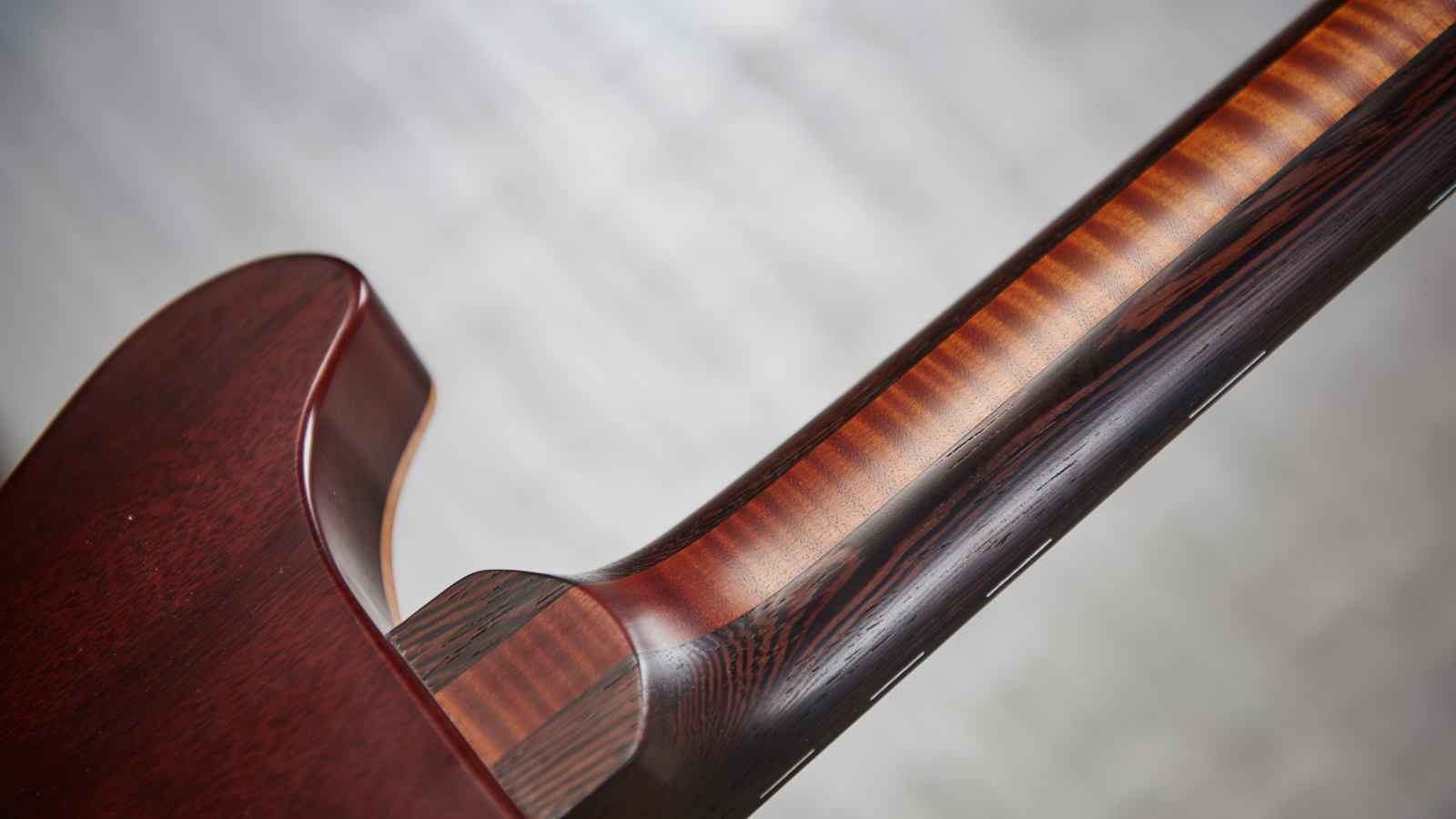
You’re going to spend the majority of your time with your hand on your guitar's neck, so ensuring a comfortable platform for your playing style is vital to being the best player possible. Trying different guitar neck profiles is all part of becoming a complete guitarist and until you do try, you’ll never know the playing benefits you might be missing out on when it comes to the different shapes available.
Your guitar is a sum of many parts. Some of these parts garner our attention and adulation whilst others don’t. Guitarists will talk for days about pickups - and rightly so - but it feels to us as though not as much fuss is made about the neck profile. So why is neck profile so important? And why should you understand the differences between them? Let's find out.
What is a neck profile?
Your guitar neck profile is the shape of the back side of your neck as you look down from your headstock towards the body or vice versa. This measurement is not to be confused with neck depth, neck width, or fingerboard radius which are all separate aspects of a guitar's neck construction.
The neck profile of a guitar doesn’t affect the sound, rather it changes the way you play the guitar itself. Different profiles offer a different playing feel, with varying benefits and drawbacks depending on your playing style. There’s no correct neck profile as such, only differences in playing feel that will be individual to each guitar player. Some prefer a nice thin neck for speed, and others like a fat neck so they can pull off those big blues bends.
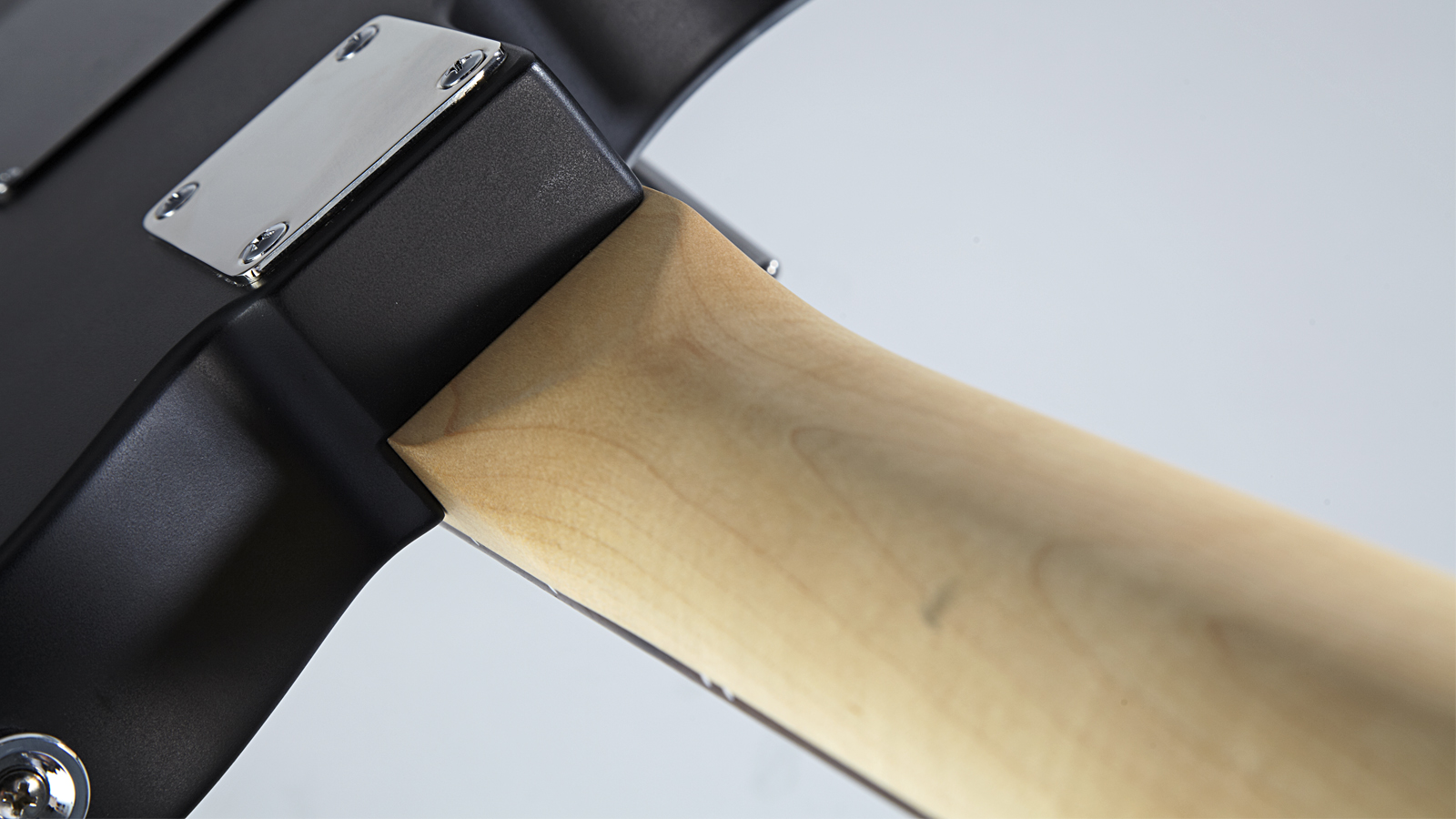
How are neck profiles defined?
Neck profiles are defined by a letter, corresponding to the shape of the back of the neck as you look down at it. The most popular types are ‘C’ and ‘D’, but there are also various others available. It’s important to note as well that the neck profile changes as you move towards the body, so it will be different at the 1st fret than it is at the 12th fret. This applies to the depth of the neck as well.
There's no exact version of what defines a particular neck shape. Many manufacturers will feature variants on a particular type as well, for example, Fender's modern 'C' or ESPs thin 'U' shapes. There are quite a few different types that are available, but generally, manufacturers will stick to one of the four main types, with slight variants upon that.
Now that we understand what a neck profile actually is, let’s have a look at some of the most popular variations of this most important aspect of your guitar.
Get The Pick Newsletter
All the latest guitar news, interviews, lessons, reviews, deals and more, direct to your inbox!
What are the different guitar neck profiles?
‘C’ neck profile
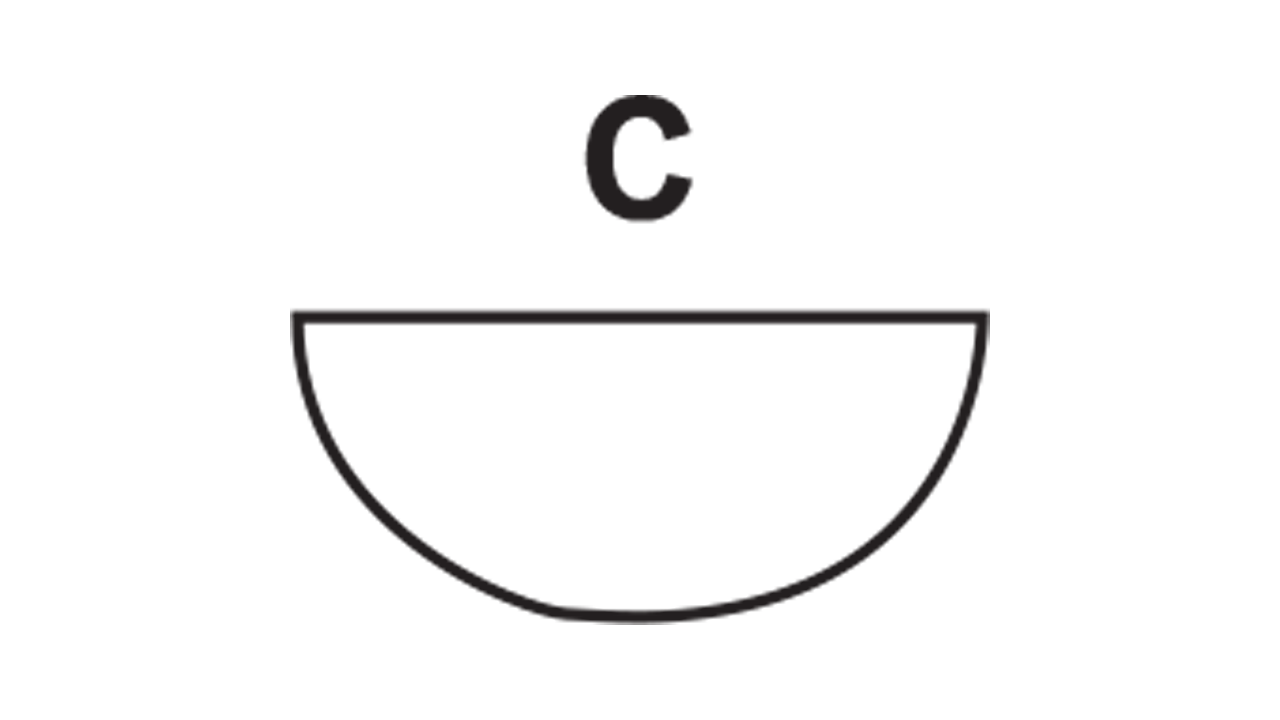
The ‘C’ neck profile is seen as the industry standard neck profile. It’s got an even shape that’s great for beginners and advanced players alike, which is why you’ll find it on loads of guitars from all kinds of manufacturers. The ‘C’ neck is a jack-of-all-trades type, adaptable enough to perform excellently at pretty much any playing style or technique.
‘D’ neck profile
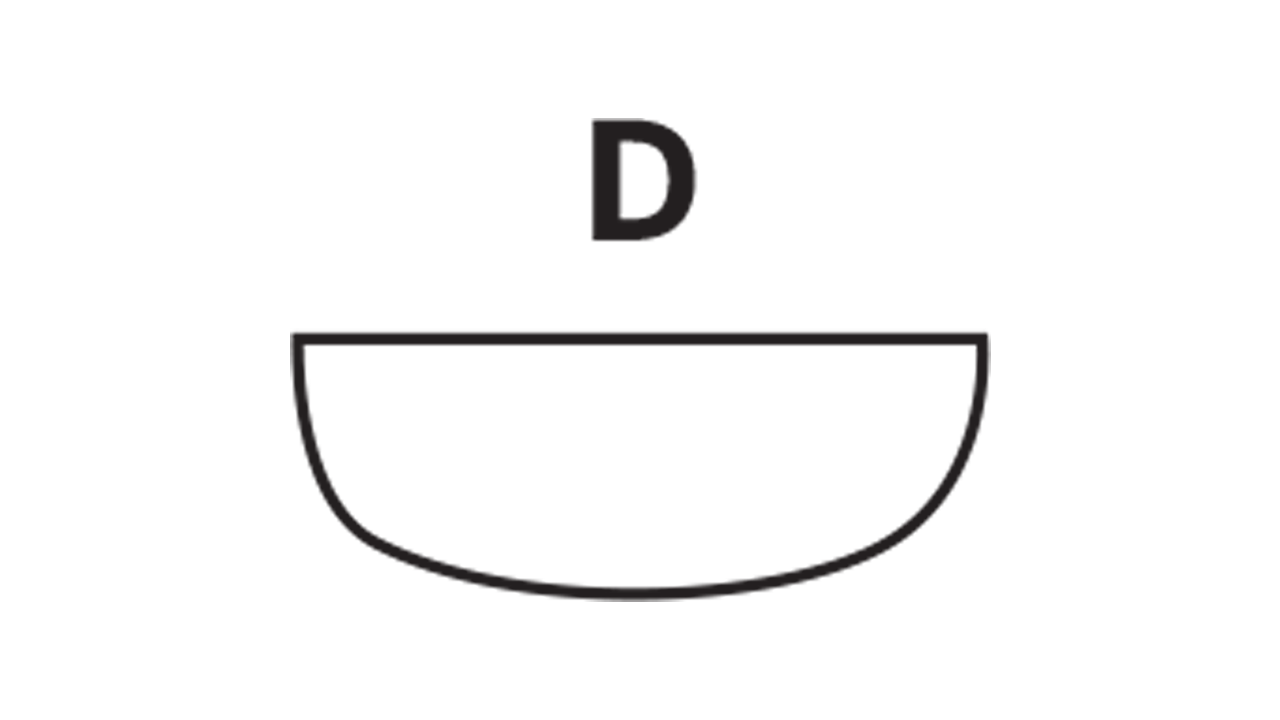
Another popular neck profile is the ‘D’ shape. It’s similar to the ‘C’ with round shoulders but features a flatter middle part of the neck that encourages faster playing. You’ll find this profile on Ibanez, Gibson, and Epiphone electric guitars, as well as some acoustics as it offers a feel similar to that of an electric guitar. The ‘D’ neck is the shredder’s profile of choice thanks to its super slinky feel, which makes for easy legato and alternate-picked scale runs. Many Gibson guitars also feature a 'D' neck
‘U’ neck profile
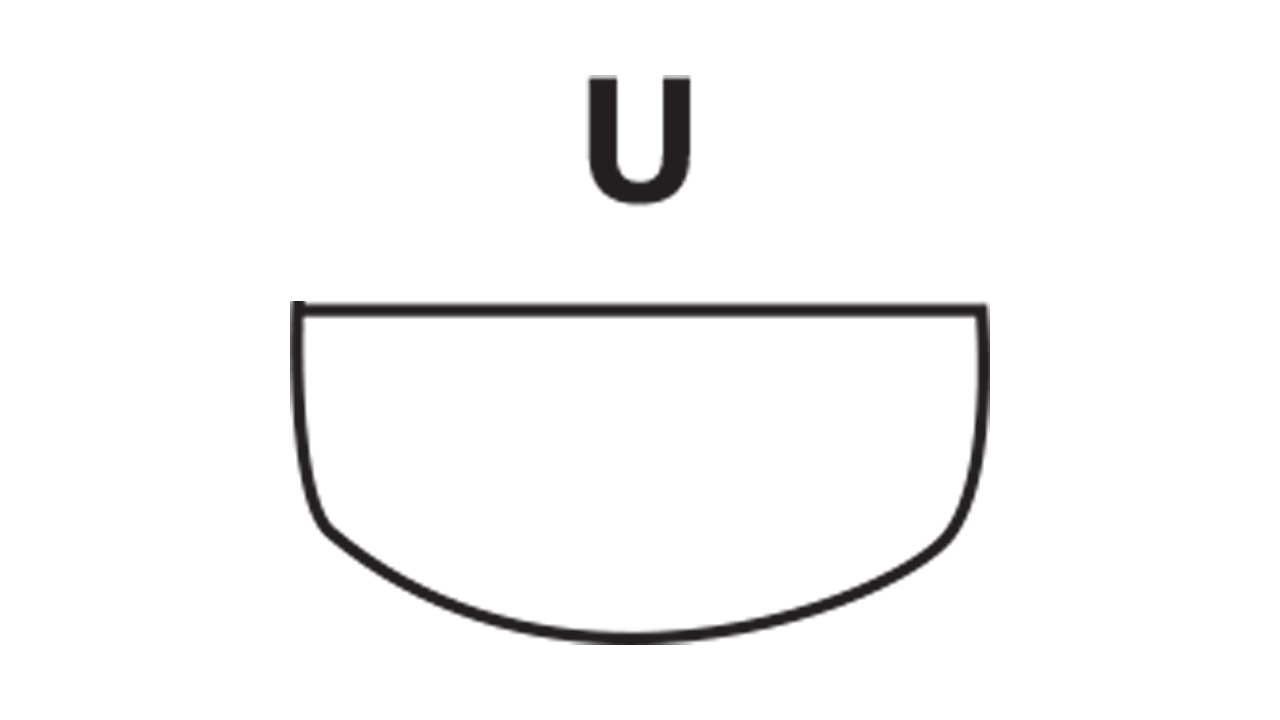
The ‘U’ neck profile is less common, offering a fuller feel in the hand which often leads to them being named ‘baseball bats’. Typically these are for players with bigger hands or those who like a bit more to grab onto when they’re playing. The ‘U’ neck is more typically found on vintage-inspired guitar models, but there are some newer brands that still manufacture this type of neck.
‘V’ neck profile
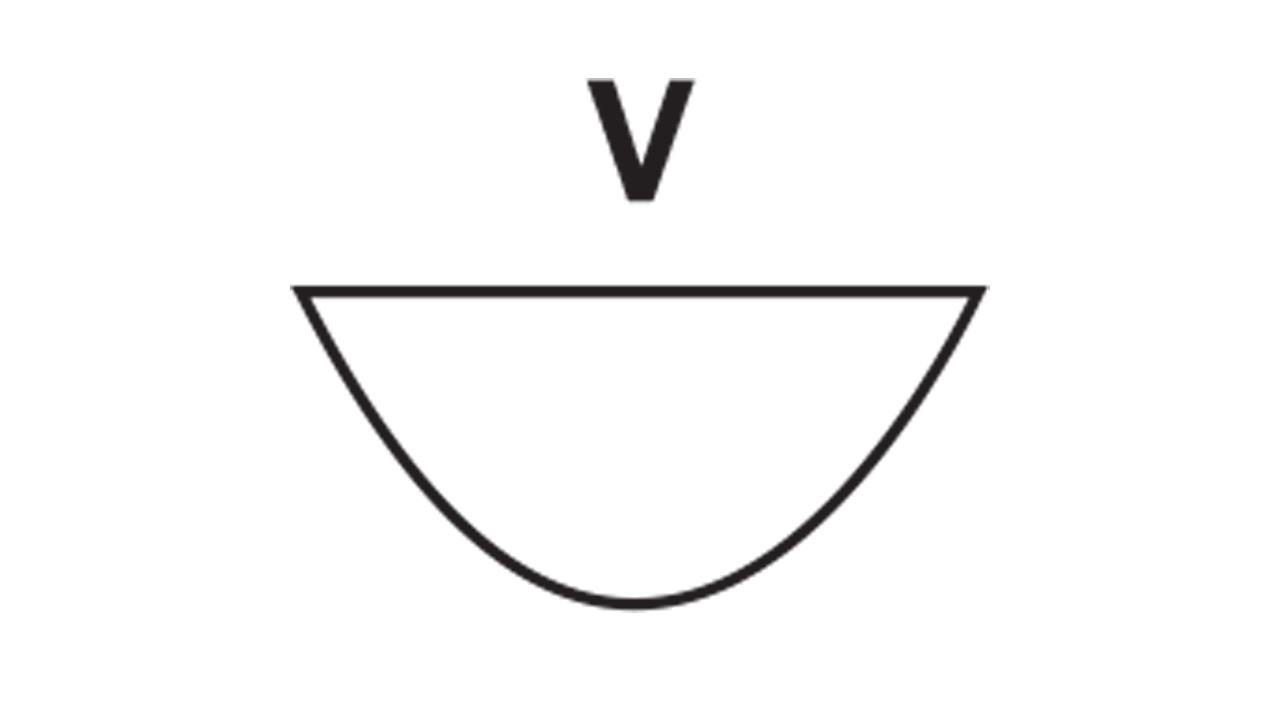
Finally, we have the ‘V’ neck profile, a vintage shape found on older guitars. Many vintage reissue guitars feature ‘V’ necks to be completely period correct, and it’s a style of guitar neck that’s firmly part of the old school. There’s a ‘soft’ and ‘hard’ ‘V’ neck, and the slight hump in the profile rewards those who like to get their thumb over the neck for fretting chords and getting a better grip when performing those huge two-tone bends.
Other neck profiles
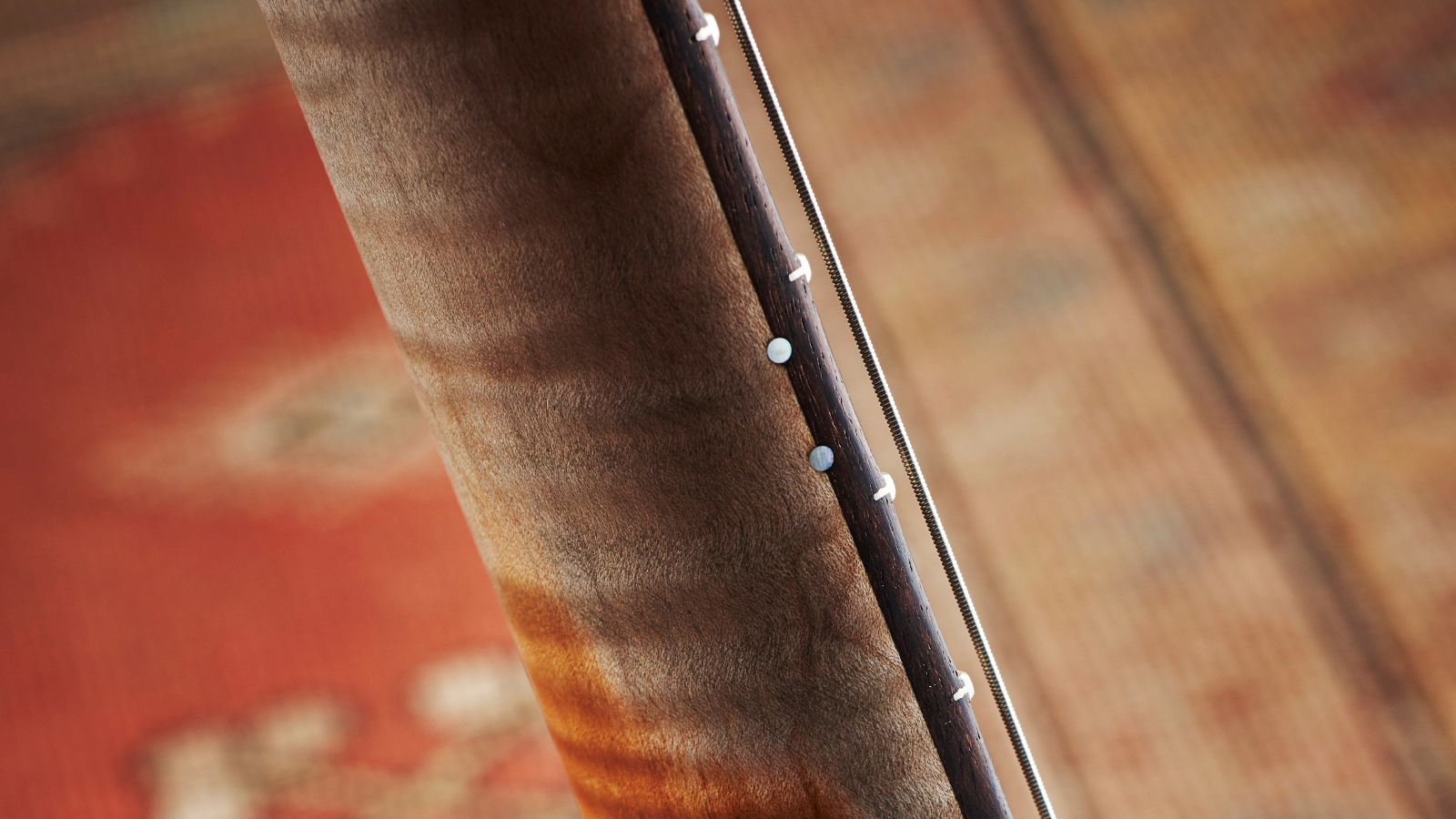
There are many variations on neck profiles, but you also get asymmetrical profiles that don’t fit into any single category mentioned above. Asymmetrical necks might be slimmer on the treble side than the bass side, resulting in a faster feel for soling which retains more heft for fretting chords. These are still fairly uncommon outside of the spectrum of custom guitars at the moment, but major manufacturers are starting to offer these as stock due to modern player demands.
How do I find out which neck profile I have?
The easiest way to check what profile you have is just to look at the back of the neck. If you stand up, place the guitar in front of you with the strings facing towards your body, and look down at the back of the neck, you should easily be able to see the profile. Another method is to wrap a guitar cable around the back of the neck, which will make it a little easier to distinguish the shape.
Which is the best neck profile for me?
Just like any other aspect of your guitar, the neck profile is something that’s very personal to each and every guitarist. There’s no specific profile that’s better per se, they just offer their own unique feel in the hand. The neck profile is part of a guitar’s personality, and whilst it makes certain playing techniques easier on paper until you’ve played one you’ll never know how good it might feel.
For example, ‘U’ necks are supposed to be great for players with big hands, but as someone with very average-sized mitts, we found the ‘U’ neck on an old SG we played to be incredibly comfortable and fast playing. Like with guitar bridge types, or electric guitar pickups, your guitar neck profile is as personal to you as your unique taste in music.
Common guitars by neck shapes
Here we've handpicked some of our favorite guitar models by their neck shape, aiming for one mid-range and one high-end option for each neck profile. Of course, this is merely a small sample of what's available, so be sure to check out any guitar's neck profile in the specs next time you decide to purchase.

Matt is a Junior Deals Writer here at Guitar World. He regularly tests and reviews music gear with a focus on guitars, amps, pedals, modelers, and pretty much anything else guitar-related. Matt worked in music retail for 5 years at Dawsons Music and Northwest Guitars and has written for various music sites including MusicRadar, Guitar Player, Guitar.com, Ultimate Guitar, and Thomann’s t.blog. A regularly gigging guitarist with over 20 years of experience playing live and writing and recording in bands, he's performed everything from jazz to djent, gigging all over the country in more dingy venues than you can shake a drop-tuned guitar at.
“It holds its own purely as a playable guitar. It’s really cool for the traveling musician – you can bring it on a flight and it fits beneath the seat”: Why Steve Stevens put his name to a foldable guitar
“Finely tuned instruments with effortless playability and one of the best vibratos there is”: PRS Standard 24 Satin and S2 Standard 24 Satin review









